Hotel Properties Remain Under Pressure: CBRE
New York City, Boston and San Francisco saw the steepest RevPAR drops, according to the firm's third quarter report.
Demand for hotel guestrooms was down by 36.8 percent year-over-year nationwide in the third quarter, while hotel occupancy decreased by 37.9 percent, according to a new report from CBRE.
READ ALSO: When Will Convention and Group Travel Demand Return?
The average daily rate fell by 26.6 percent year-over-year in the third quarter, while RevPAR tumbled substantially more, by 54.4 percent, though this was less of a decline than in the second quarter.
One standout figure is that no U.S. markets saw RevPAR growth in the third quarter, even as supply increased by 1.8 percent.
Of those doing relatively better, San Bernardino, Calif had the smallest year-over-year RevPAR decline, at -17.4 percent. Virginia Beach, Va. (-29.6 percent) and Tucson, Ariz. (-35.9 percent) also had comparatively smaller losses.
The markets with the largest RevPAR drops were also some of the largest markets: New York was hardest hit, with a RevPAR drop of -87.9 percent, followed by Boston (-85.0 percent) and San Francisco (-84.1 percent).
Surprisingly, perhaps, hotel investment volume increased in the third quarter by 163 percent quarter-over-quarter, to $2.1 billion, although CBRE noted, “this was off a relatively low base. Some uncertainty from the onset of the pandemic was resolved in the third quarter and some forced sales due to distress likely took place.”
Year-over-year, investment volume in the third quarter was down by 81 percent, which at least was a bit less than the 89.3 percent year-over-year drop in the second quarter.
The worst hurt
The increase in leisure travel over the summer helped occupancy levels recover somewhat, but occupancy leveled off or dropped slightly in the fall, because of poor demand for business and group travel. Luxury and upper upscale properties continue to suffer the worst occupancy levels.
On a percentage basis, ADR sustained smaller declines than did occupancy. CBRE commented that “The same pattern found in occupancy—that the higher the chain scale the slower the recovery—held true for ADR as well.”
Similarly, hotel closures have been the most severe, and have recovered at substantially worse levels, among luxury and upper upscale properties. “Midscale and economy hotels had much less closure and reopening activity,” the report stated.
Read the full report by CBRE.

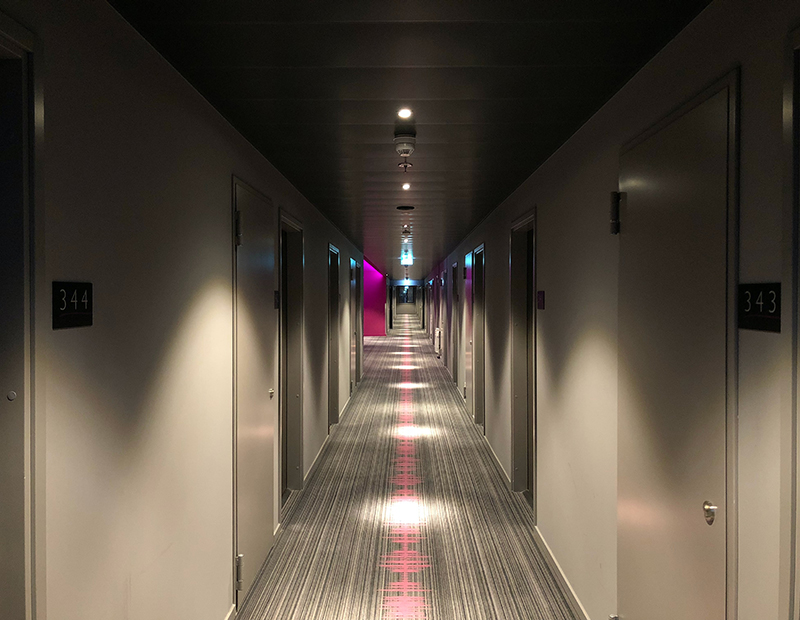
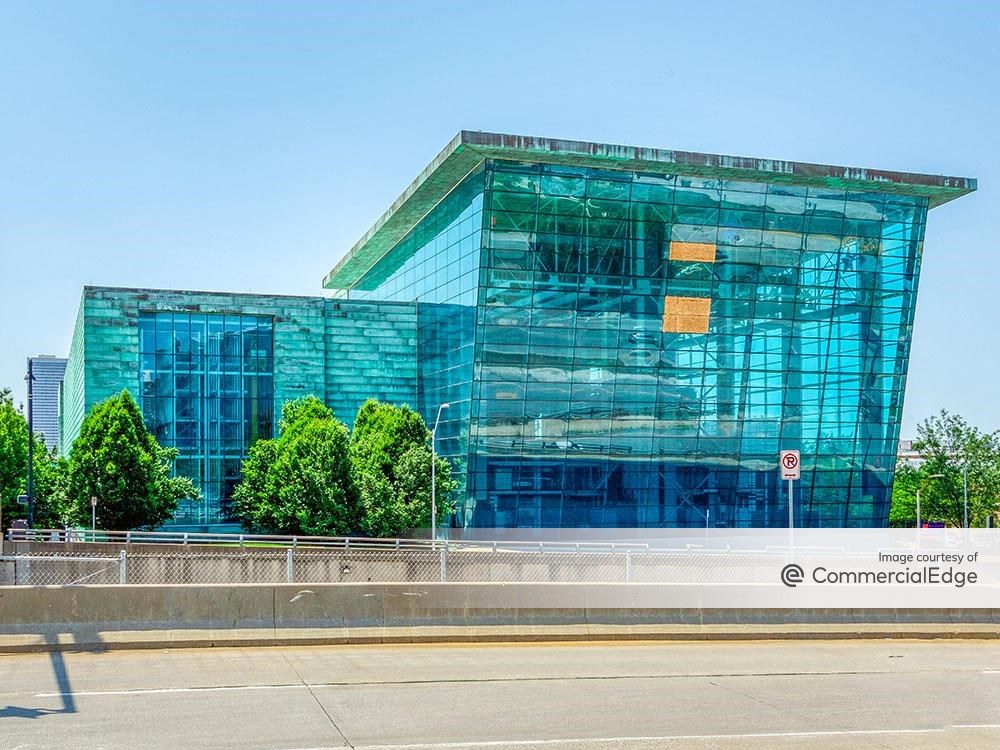

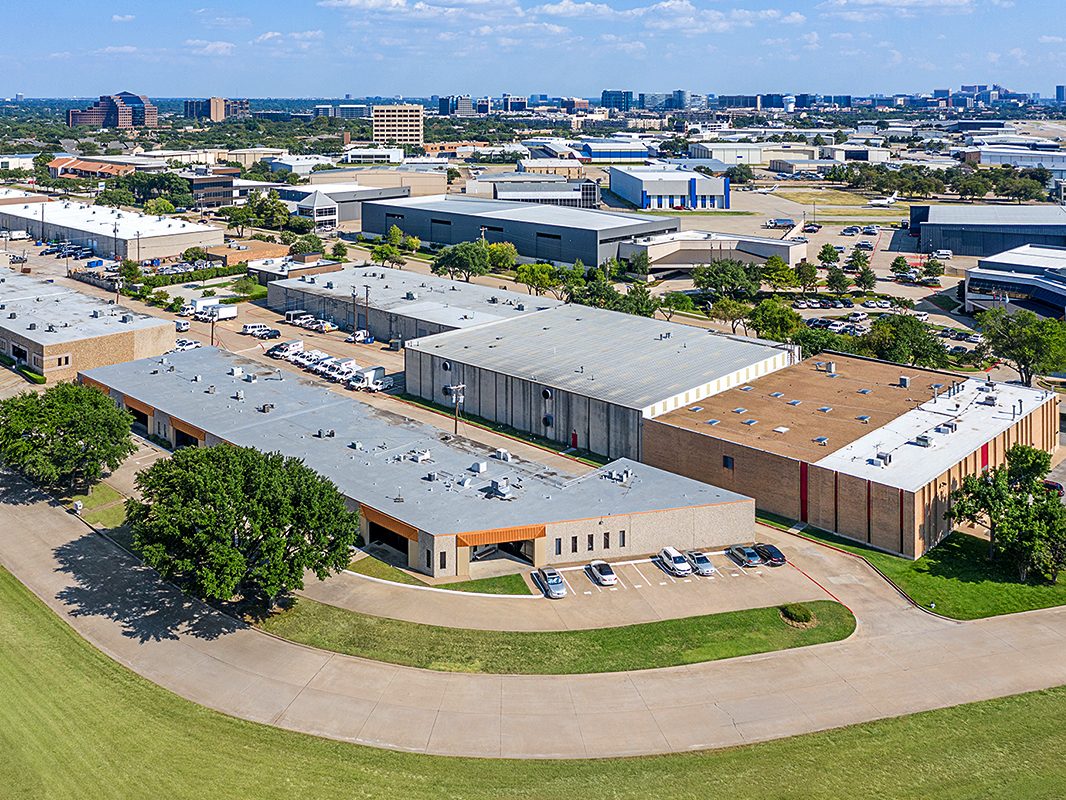

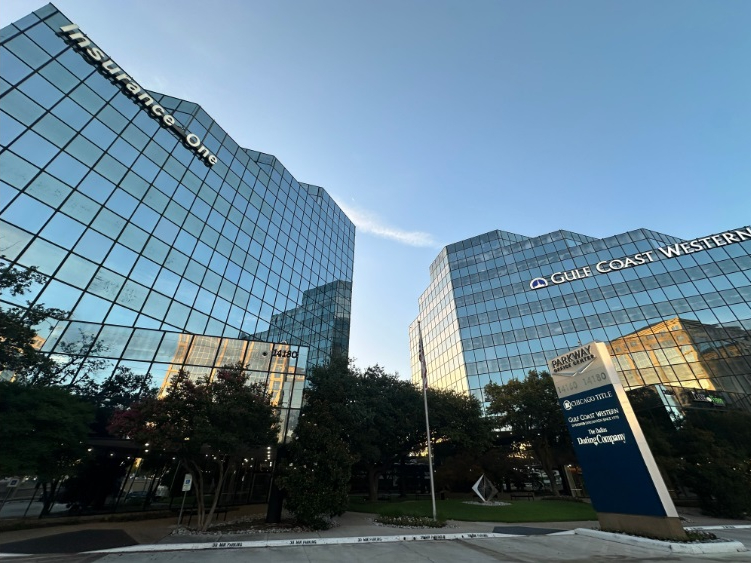
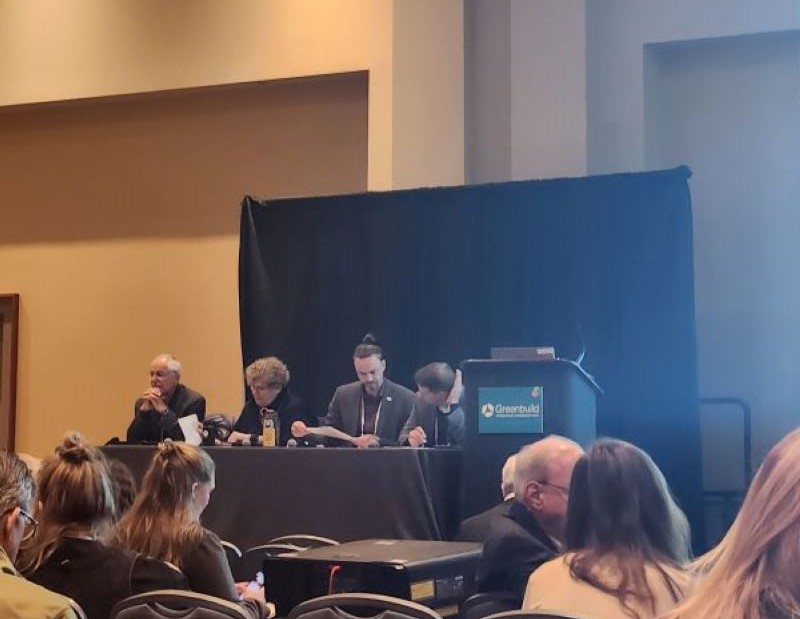
You must be logged in to post a comment.